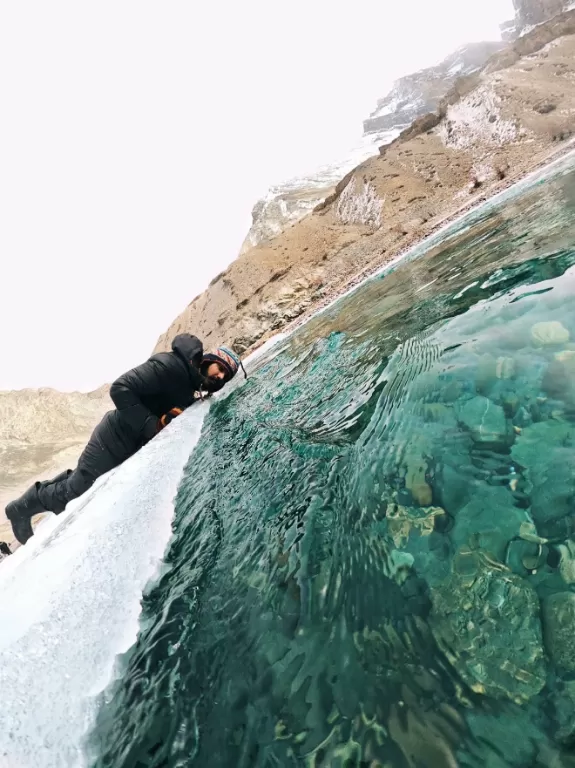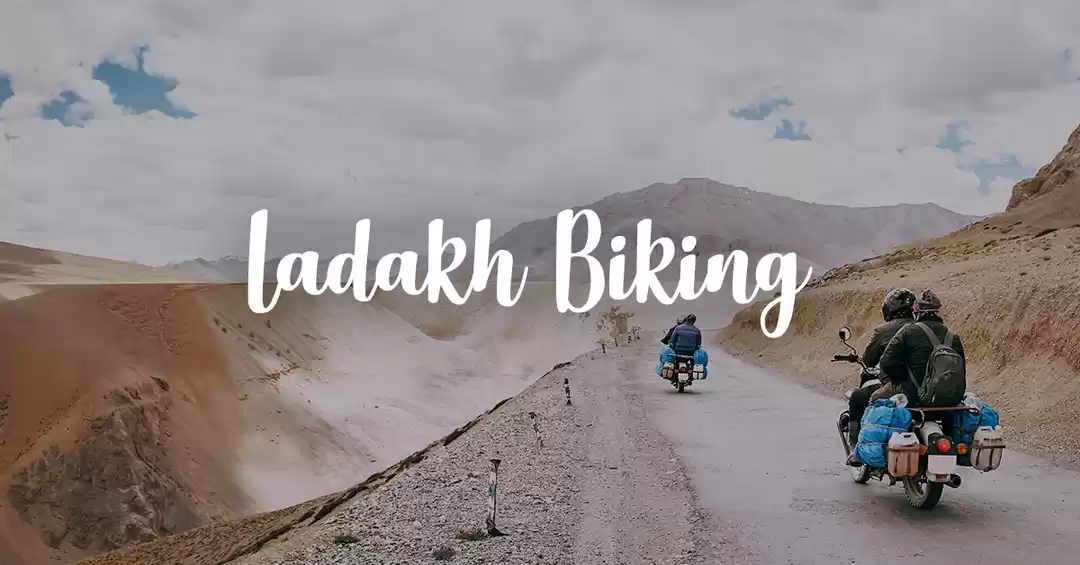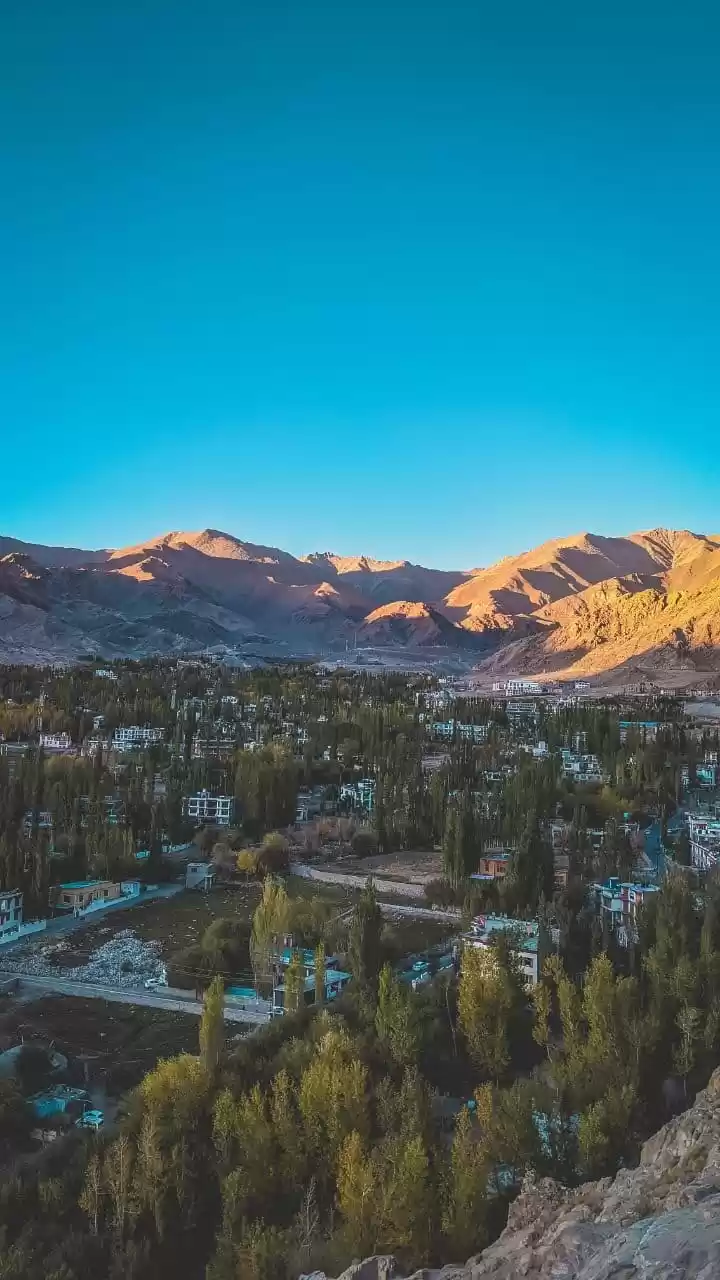
Walking on ice does take some getting used to, but the route is mostly flat, and less tiring than an uphill climb. The weather is a battle, but with time, the bracing, nosebleed inducing cold, becomes an intimate companion, one that offers clarity and perspective. Your extremities might feel frozen but your mind will thaw out.
Since I set foot on the Chadar, I realised, my mind had been in a blissfully blank slate. I hadn’t worried about friends, family, or bank accounts, hadn’t mulled over could-haves and has-beens. I saw only what was in front of me, felt only the sting of the cold and the warmth of camaraderie. Somehow, the stillness of the mountains had seeped into me. For these nine days, I had existed only in the moment.
It was 3 a.m., and I was sitting alone, a few feet from my tent on a slender bank of the Zanskar. There was no rustle of leaves. The river was frozen solid. Even the wind seemed to be holding its breath. Only the plumes of condensation at my nostrils broke the stillness. I exhaled deeply into my gloves, hoping to generate some warmth. It was -30°C, and I could feel the cold creeping into my jacket. But I stayed outside for a few more minutes, to soak in this exquisite silence, to memorise the night sky, but mainly, to convince myself that I was really there.
Chadar is one of the most interesting yet perilous treks in the, with trekkers having to trek on the frozen riverbed in the mighty Himalayas. While one can certainly brace yourself and gear up for the cold, there are pleas to limit the number of trekkers owing to the fragile ecology here.
In fact, there have been reports that state that the trek would shut down soon, owing to global warming that does not let riverbed freeze. Additionally, there have been predictions about the disappearance of River Zanskar if global warming is not curtailed soon. Experts have predicted that at the current rate, there might be no river in the next 2-3 years!










































